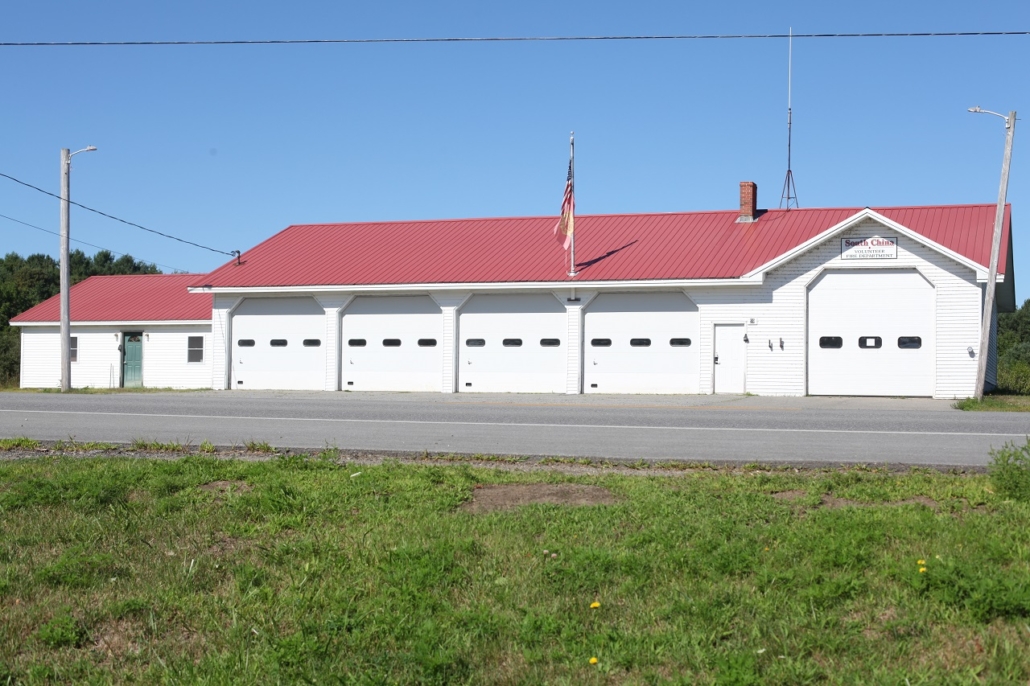
Community Commentary is a forum The Town Line makes available for citizens to express their opinions on subjects of interest to our readers, and is not necessarily the views of the staff nor the board of directors. The Town Line welcomes, and encourages, supportive comments, differing opinions, counterpoints or opposing views. Keep the rebuttals positive, and informative. Submissions containing personal attacks will be rejected. Email any submissions to townline@townline.org, subject “Community Commentary.”
Question 1 on the March 3, 2020 Maine primaries ballot reads – “Do you want to reject the new law that removes religious and philosophical exemptions to requiring immunization against certain communicable diseases for students to attend schools and colleges and for employees of nursery schools and health care facilities?”
A yes vote allows religious and philosophical exemptions from vaccinations. A no vote only allows medical exemptions.
Independents can vote on referendum questions. Don’t let a poll worker deny you your right to vote on Question 1.
Cara Sacks, co-chairman of Yes on 1 Maine to Reject Big Pharma – formally Mainers for Health and Parental Rights – opposes the current law, claiming it violates religious freedom. Almost 30 years ago the Supreme Court ruled against the religious privilege argument. The Court wrote the government must protect people from actions taken for religious reasons if that action endangers another’s health. Granting religious exemptions endangers others and provides some people with religious privilege. We can only protect religious freedom for everyone if no one has religious privilege.
The Yes on Question 1 road signs include No to Big Pharma to gain support against a perceived common enemy. Most people revile Big Pharma’s obscene profits and assume a yes vote will lower drug prices, but it won’t. What it will do is increase the risk of children catching a deadly and preventable disease.
Measles is highly contagious because the virus can remain in the air for two hours after an infected person, often without symptoms, leaves the area. Most unvaccinated people who walk into that area will get the measles virus. Caitlin Gilmet, a spokesman for Maine Families for Vaccines, a group that supports the current law, said: “Vaccines are one of the most effective ways that parents can protect their children and help them lead a healthy life. Improving Maine’s immunization rates helps to protect the entire community from preventable diseases.” Maine’s current law joins a growing number of other states that have eliminated non-medical vaccine exemptions to protect their citizens from preventable diseases.
Dr. Laura Blaisdell, co-chairman of Maine Families for Vaccines, reports they just started airing TV ads to expose the dangers of voting yes on 1. She said, “The message is very simple: We have to protect our kids, and schools need to be a safe place for our kids. Every major medical organization in Maine supports the law (and) removal of non-medical exemptions for vaccines protects community health, prevents infectious disease outbreaks, and protects people with impaired immune systems.” Earlier, Dr. Blaisdell said, “Ultimately, it’s about the health of children, the health of schools, and the health of our community” and “If we continue on our current (vaccine opt-out) track, it’s not a matter of if we get an outbreak, it’s a matter of when.”
The Maine CDC reports: “Among kindergartners, the state’s vaccination-exemption rate (is) 6.2 percent, the highest level in 10 years, and is above the national level” and “Forty-three elementary schools (have) 15 percent or higher rates of unvaccinated kindergarten students, putting those schools and the surrounding community at greater risk for the return of preventable diseases such as measles, chickenpox, and pertussis.”
Dr. Meghan May, a University of New England PhD pathologist, said despite decades of scientific research showing vaccines are effective and safe, there is a significant anti-vaccination movement in Maine. Consequently, Maine’s pertussis (whooping cough) infection rate is more than eight times higher than the national average. Refusing to vaccinate children allows the pertussis virus to spread and mutate more rapidly, making current vaccines less effective. Pertussis has a 40 percent mortality rate in infants who are unvaccinated and untreated.
Cara Sacks rejected this scientific evidence when she said: “While we don’t know that all (vaccines) are 100 percent safe for 100 percent of people every time, you can’t mandate a product that has known risks and liability associated with it.”
However, according to the CDC, the “known risks and liability associated with” unvaccinated children contracting measles are: “Ten percent of children will have an ear infection, five percent will come down with pneumonia, and 0.2 percent will die of organ failure or brain swelling.” Are these “known risks and liabilities associated with” not vaccinating children an acceptable risk for your child, especially when another parent puts your child at greater risk of catching the measles by not vaccinating their child?
I urge you to protect everyone’s health and religious freedom by voting NO on Question 1 on March 3, 2020.
Tom Waddell is a resident of Litchfield and is the president of the Maine chapter of the Freedom from Religion Foundation. He can be reached at president@ffrfmaine.org.
 To the editor:
To the editor:


 by Sheldon Goodine
by Sheldon Goodine by State Representative Bruce White
by State Representative Bruce White